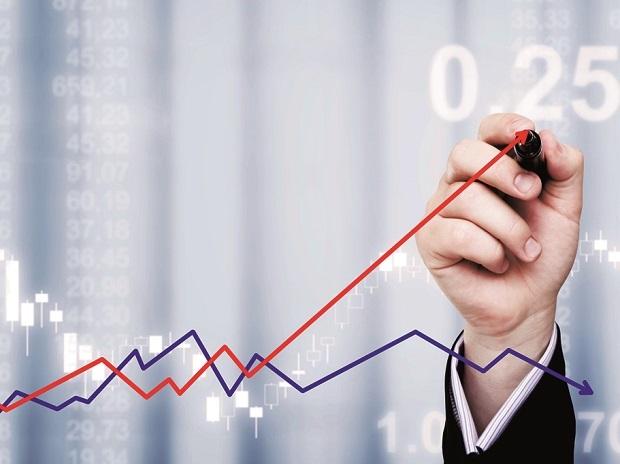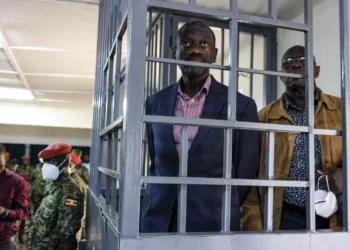Zimbabwe’s real GDP growth is expected to remain slow from an estimated 4.7 per cent in 2021 to 3.7 per cent in 2022, according to Fitch Solutions.
Given contractions of 8.1 per cent in 2019 and 8.0 per cent in 2020, this implies only a partial recovery, and the 2021 growth estimate was propped up by low base effects, strong mining output, and a robust agricultural harvest.
Against the backdrop of a higher statistical base, the 3.7 per cent growth estimate for 2022 falls below the growth estimate of 5.5 per cent by the Reserve Bank of Zimbabwe (RBZ) for 2022, as well as the 2010-2020 average of 4.7 per cent.
“We do not see output lost during the pandemic being recouped until 2025. Our real GDP growth forecasts imply that Zimbabwe will not be able to close the economic development gap with historically-more developed regional peers, and that it will fall further behind peers in real GDP per capita terms in the coming years.”
Fitch
According to Fitch, several factors will prevent a more robust economic recovery in Zimbabwe in 2022. One of the factors include net exports subtracting 1.5 percentage points (pp) from growth in 2022. This will reflect weaker demand and prices for gold, which comprises over 40.0% of the country’s exports.

Fitch’s Commodity team sees gold prices averaging US$1,700/oz in 2022 with continued bouts of volatility, down from US$1,798/oz reached in 2021. This will limit incentives for mining firms to ramp up domestic production.
With the tourism sector also facing headwinds and import growth set to accelerate, net exports will remain a drag on economic activity in the coming months.
While government spending will add 1.1pp to growth in 2022 according to our forecasts this is much smaller than an average contribution of 2.3pp registered between 2010 and 2020, Fitch said. The budget for 2022 was approved in November 2021, with Finance Minister Mthuli Ncube suggesting that Zimbabwe was now targeting smaller fiscal deficits to restore investor confidence in the country.
Base Effects Fading
The government is targeting a deficit of 1.5 per cent of GDP in 2022, which it is unlikely to reach, given that it is based on the government’s overly optimistic growth forecast of 5.5 per cent for the year.
Although government spending will likely increase in the run-up to general elections planned for April 23, 2023, Zimbabwe remains locked out of capital markets and central bank financing of the deficit will be constrained by the need to lower inflation further.
The main growth driver in 2022 will be private consumption which is expected to add 3.7pp to growth. This is based on the expectation that restrictions aimed at tackling COVID-19 will remain largely absent from Q2 2022 onwards, given rising vaccinations rates, Fitch said, and coupled with the spread of the less deadly omicron.
A further moderation of inflation should also ease pressure on real household disposable incomes. “We forecast inflation falling to an average of 42.5% in 2022, down from 60.7 per cent year-on-year in December 2021…”
Analysing private consumption, Fitch is of the view that private consumption will still face headwinds. Credit demand will remain constrained by high borrowing costs. The RBZ held the policy rate at 60 per cent at its February 2022 meeting, and we only see the rate falling to 45 per cent by end-2022.
Forecasting real GDP growth for 2023, Fitch said the outlook will continue to slow with growth falling to 3.1 per cent. This will reflect base effects from the COVID-19 downturn fading from the data, and the country reverting to its relatively low potential rate of GDP growth.
READ ALSO: Producer Price Inflation for January 2022 was 15.6%- GSS





















